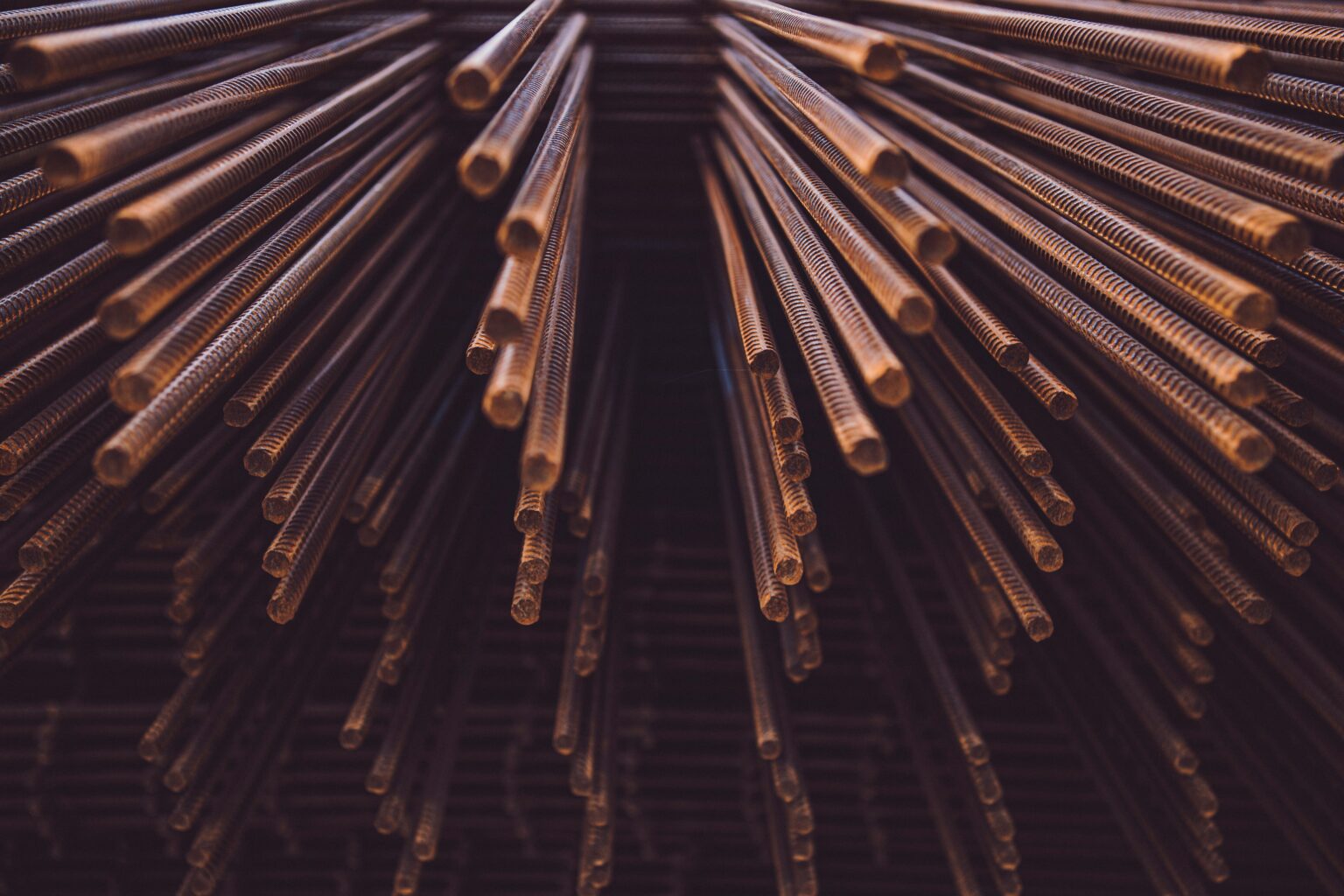In a speech at the headquarters of the International Energy Agency (IEA) in Paris, Pinakin Chaubal, head of technology at ArcelorMittal, highlighted the challenges and costs associated with decarbonizing the steel industry.
Despite the urgent need to reduce emissions, Chaubal emphasized that transitioning to green hydrogen-based steel production remains significantly more expensive than traditional methods, posing financial hurdles that must be addressed to accelerate progress toward sustainability.
The primary goal of decarbonizing the steel industry is to reduce greenhouse gas emissions and mitigate the environmental impact of steel production. Traditional steelmaking processes, such as blast furnaces, rely heavily on coal and coke, resulting in substantial CO2 emissions. By transitioning to cleaner alternatives like green hydrogen, the industry aims to achieve carbon neutrality and contribute to global efforts to combat climate change.
Green hydrogen, produced using renewable energy sources through electrolysis, is emerging as a promising alternative for decarbonizing steel production. However, the technology is still in its early stages and faces significant challenges, including high production costs and limited availability of renewable energy. Additionally, innovative processes such as direct reduction iron ore furnaces (DRI) offer potential solutions but require further development and investment to become commercially viable on a large scale.
The transition to green hydrogen-based steel production has the potential to significantly reduce CO2 emissions and improve air quality, leading to a cleaner and more sustainable steel industry. However, the high costs associated with implementing these technologies pose challenges for manufacturers, raising concerns about competitiveness and economic viability. Nevertheless, achieving decarbonization in the steel sector is crucial for meeting climate targets and creating a more resilient and environmentally friendly economy.





